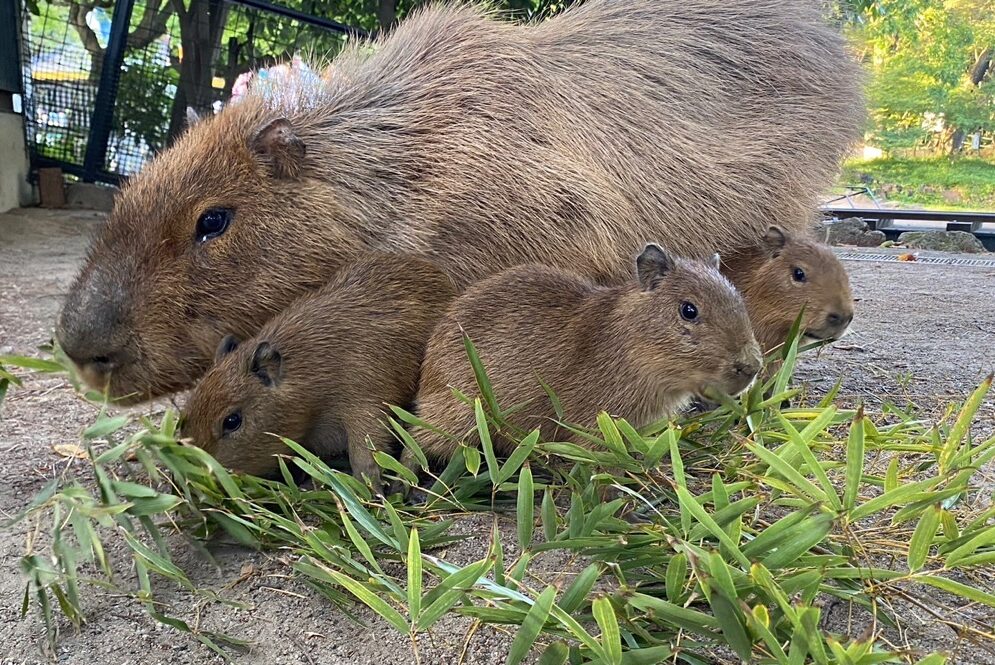Hakone Freepass Guide Vol.4 – Must-Visit Spots in Mishima, a Historic Post Town on the Tokaido Route!
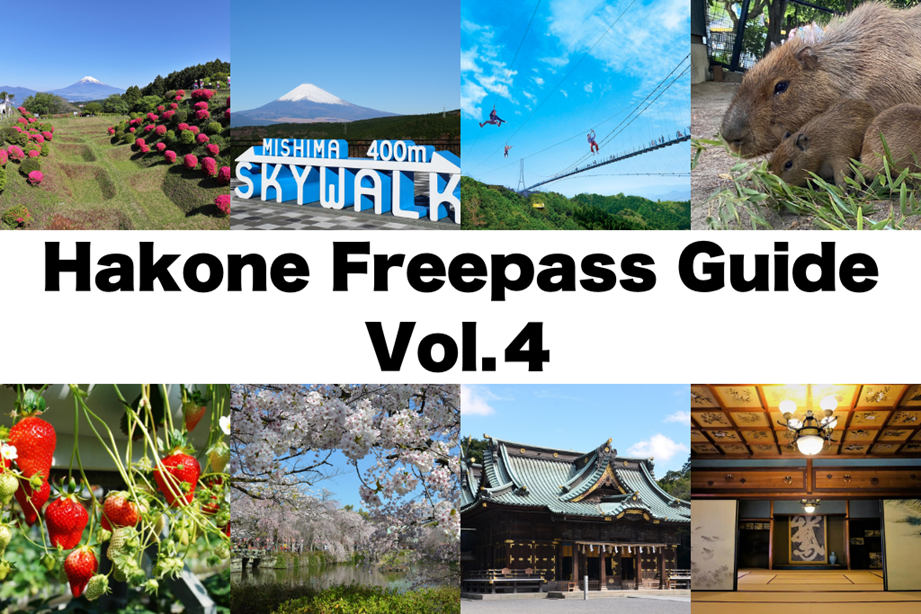
Mishima Station, served by the Tokaido Shinkansen, is a convenient hub connecting Hakone with the Kansai region. The city of Mishima, where the station is located, has flourished as a post town on the Tokaido Route since ancient times, similar to Odawara City, and its historical ambiance remains intact. It is a "city of water," with spring water from Mount Fuji flowing through, offering soothing streams.
Here are some recommended sightseeing spots and historical attractions around Mishima Station!
Not only can you take the bullet train from Odawara, but you can also enjoy a scenic bus ride from Moto-Hakone Port along the old highway to Mishima Station. Be sure to get the Hakone Freepass, an essential travel item that offers great discounts on popular attractions and allows unlimited rides on various transportation options for added convenience!
Where to buy the Hakone Freepass?
・Odakyu line stations
・Tokai Bus Mishima Station Information Center
Monday–Friday: 8:00 a.m. to 1:15 p.m. / 2:15 p.m. to 5:00 p.m.
Saturday, Sunday, Holidays: 8:00–13:15 / 2:00 p.m. to 4:00 p.m.
January 2–3: 8:00 a.m. to 1:00 p.m.
*Closed on Wednesdays, December 31 and January 1
・Mishima Tourist Information Center (Mishima Tourism Association)
9:00 a.m. to 5:00 p.m., open year-round
Explore History and Scenic Views at a Medieval Mountain Fortress: Yamanaka Castle Ruins Park
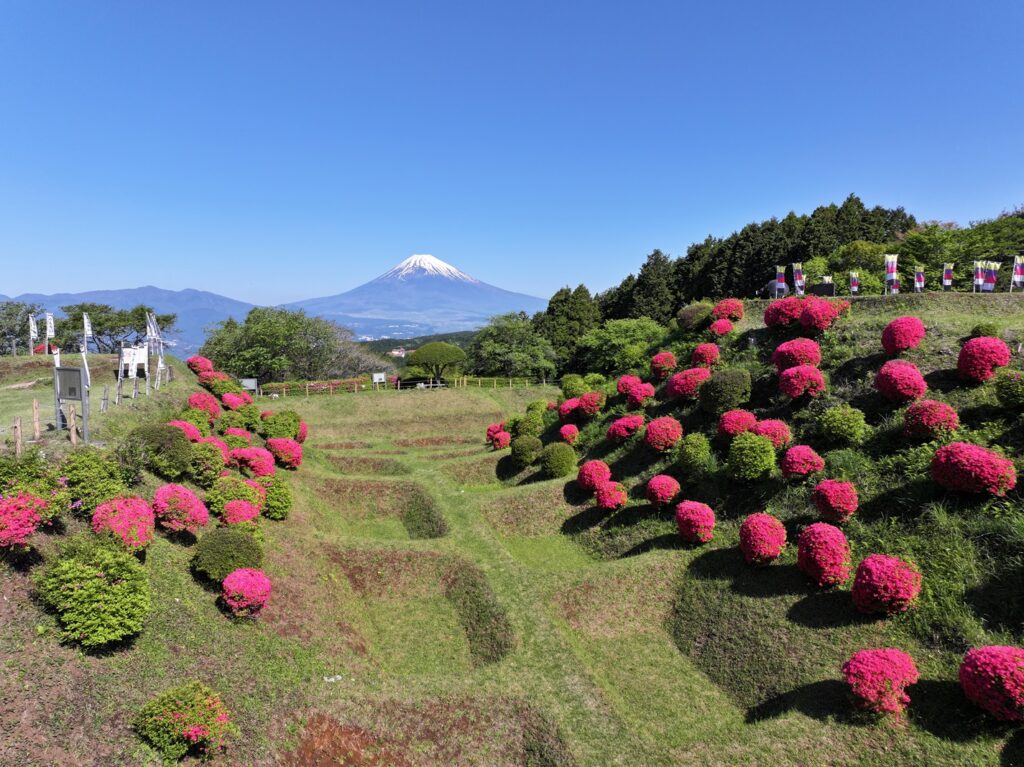
A nationally designated historical site, this mountain castle ruins from the Sengoku period features unique grid-shaped moat, intricate structures designed to slow enemy advances. It is a valuable site showcasing the strategies of Sengoku-era Mountain castles. Situated at a high elevation, the castle ruins offer lovely views of Mount Fuji and Suruga Bay amid a natural setting. Well-maintained walking paths make it an ideal spot for a leisurely historical stroll while enjoying seasonal flora.
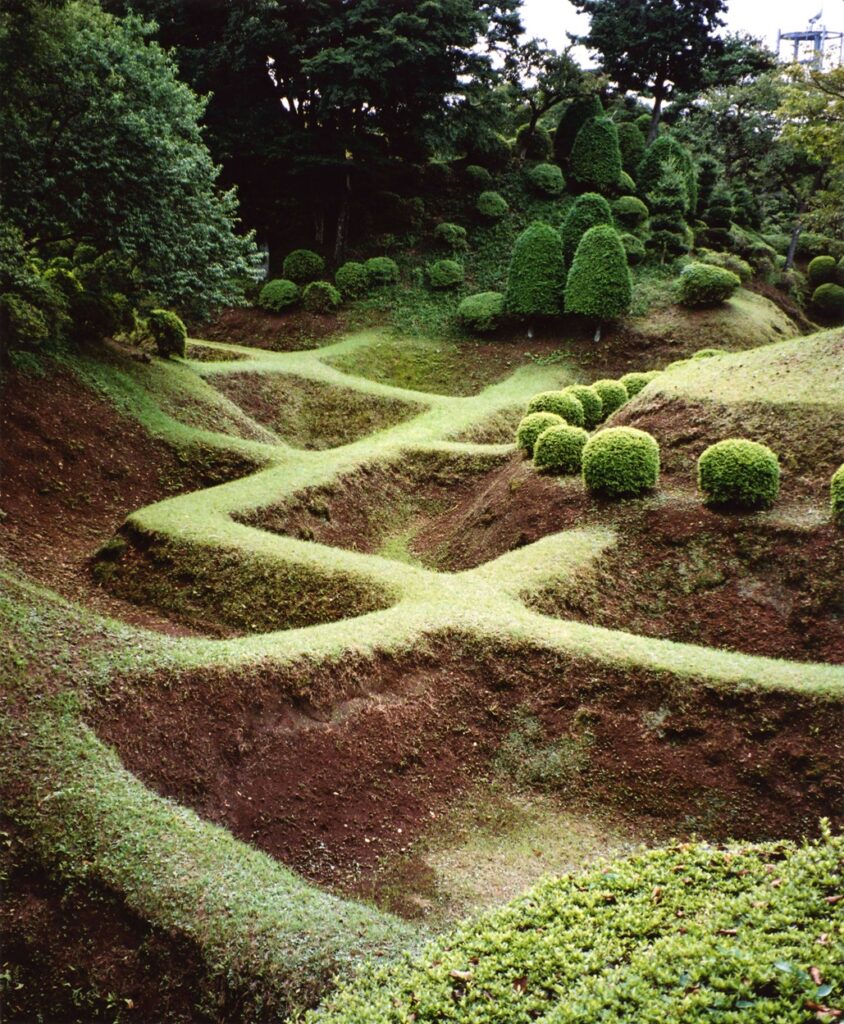
Sky-High Adventure with a View of Mount Fuji: Dragon Castle
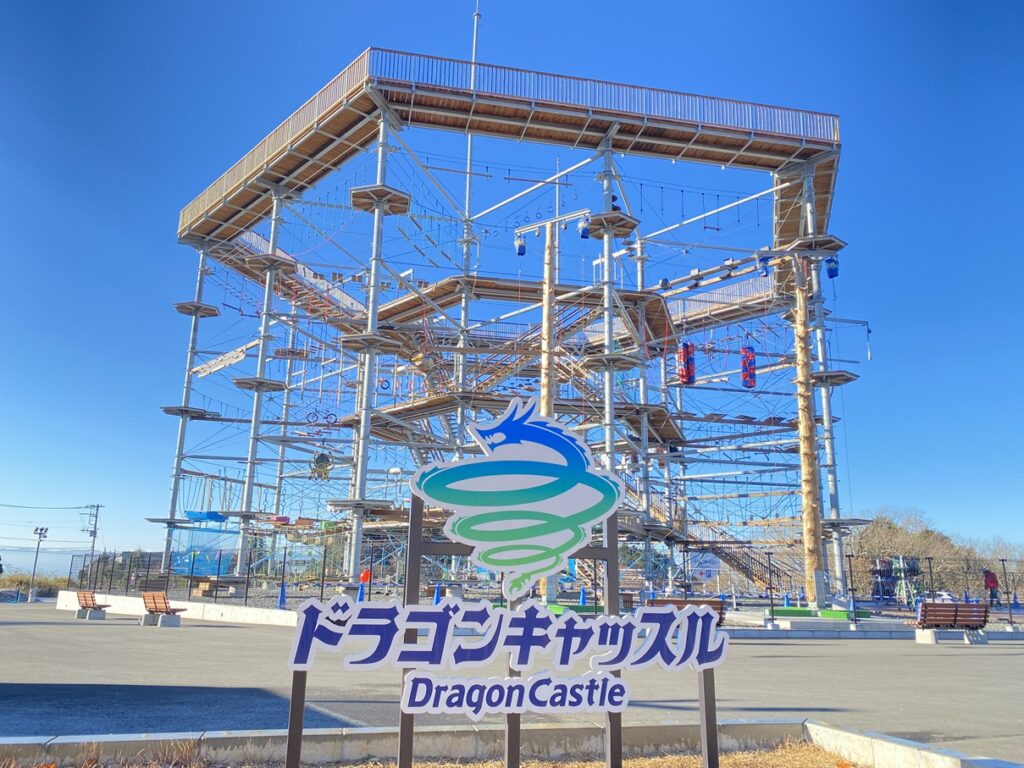
This athletic facility is a striking structure with hexagonally arranged steel pillars. It features three levels of platforms, each offering different activities. The heights are 3m, 8m, and 13m, and participants are equipped with safety harnesses to enjoy various routes within a set time. Activities are color-coded by difficulty, increasing with each level. There’s also a 1m-high kids’ course, making it suitable for all ages. Relax on the aerial deck between activities, and don’t miss the panoramic view of Mount Fuji from the 17m observation deck.
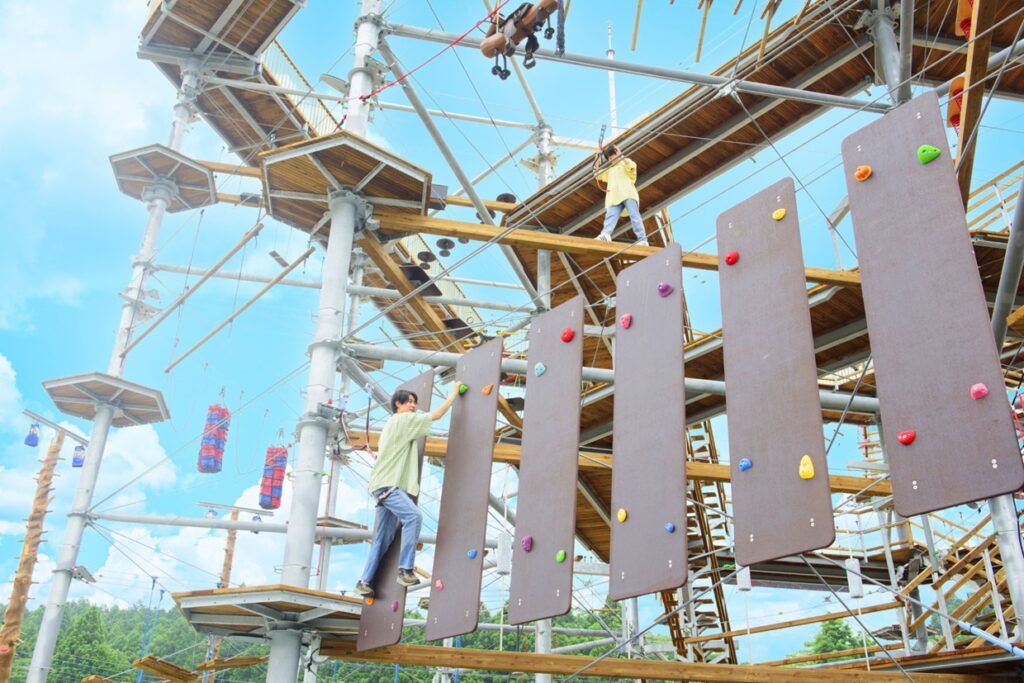
Experience a Stunning View from a Pedestrian Suspension Bridge: Mishima Skywalk
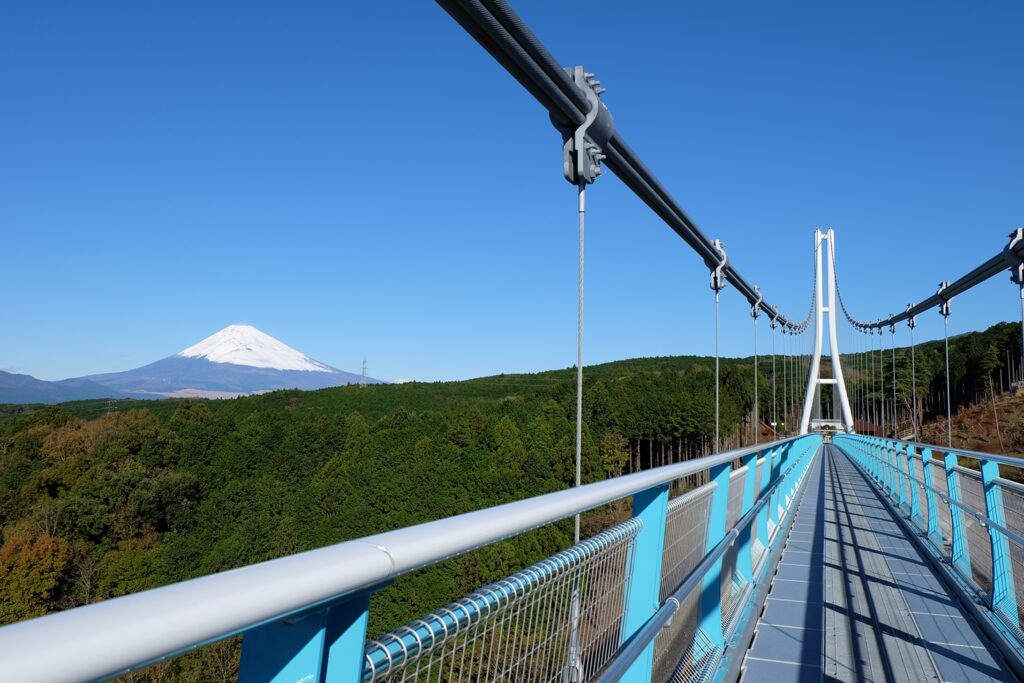
At 400m long and 70m high, this pedestrian suspension bridge offers sweeping views of Mount Fuji, Suruga Bay, and dynamic seasonal scenery. Cross the bridge to access attractions like the athletic park, long zip line, Segway rides, and more. Facilities include flower-filled cafes, restaurants, and gift shops. It’s a versatile destination for enjoying panoramic views, engaging in activities, savoring local cuisine, or shopping for unique souvenirs.
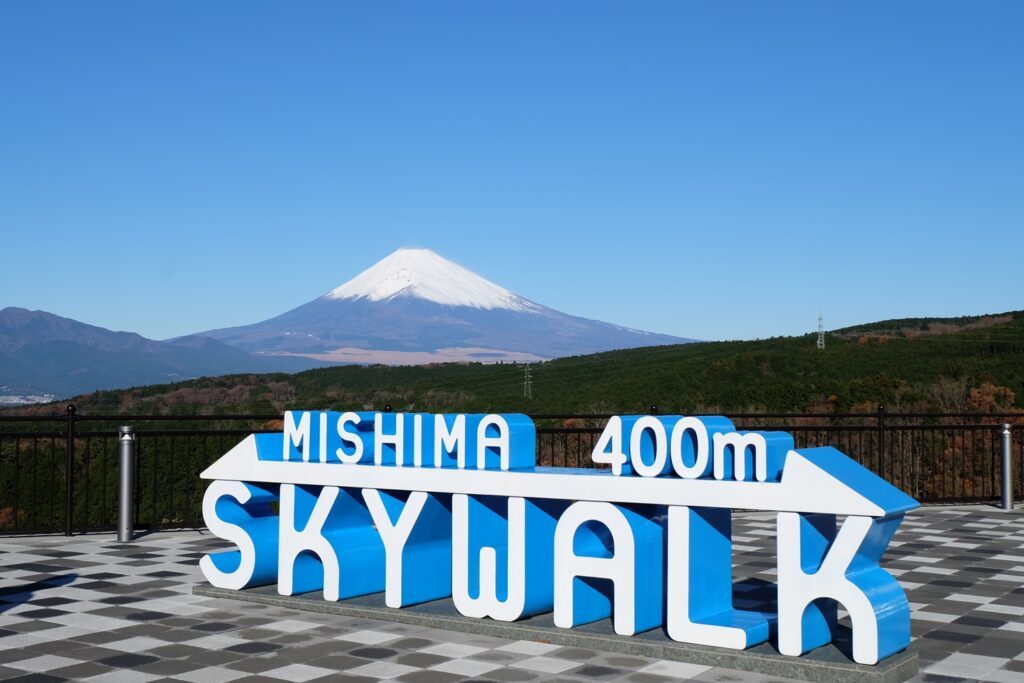
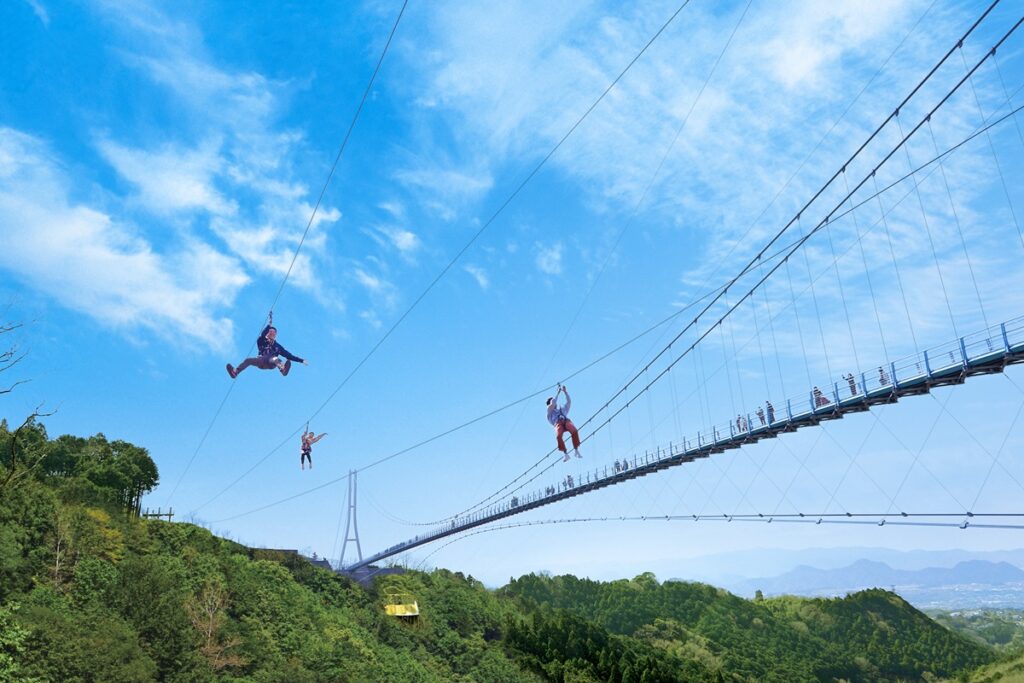
Experience Fruit Picking and Seasonal Sweets at Izu Fruit Park
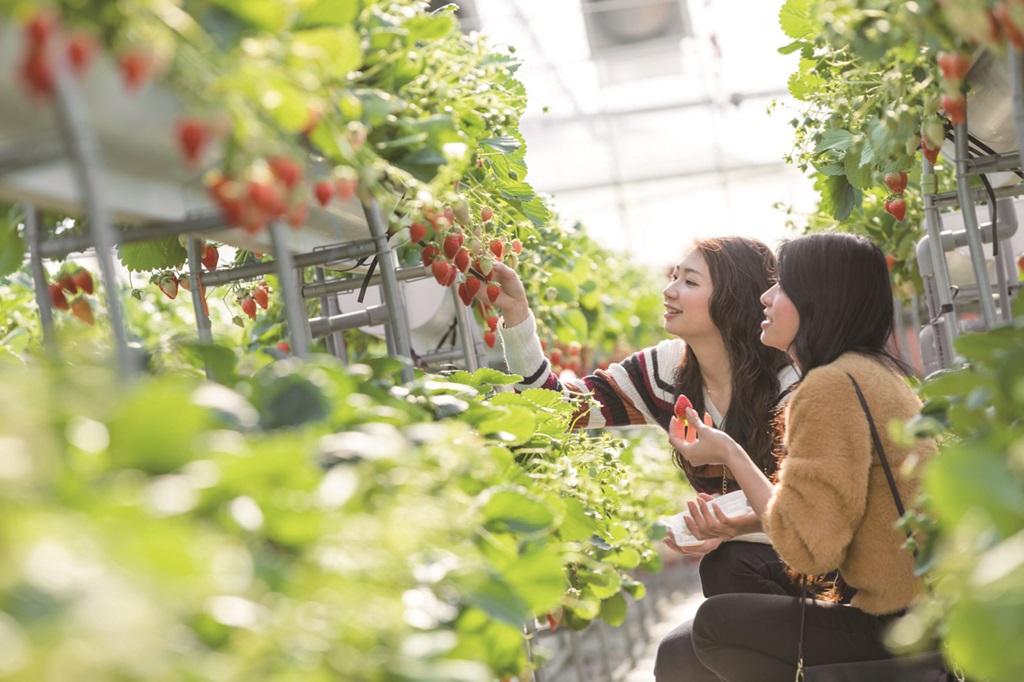
As its name suggests, this place offers a variety of fruit-related experiences. Visitors can enjoy seasonal fruit picking year-round: strawberries in winter and spring, melons, mangoes, and peaches in early summer, and mandarins in autumn and winter. Don’t miss the seasonal fruit desserts crafted by skilled patissiers. The park also has a souvenir shop featuring local specialties and rare delicacies, as well as a cafe and restaurant with an incredible view of Mount Fuji, if you're lucky. The restaurant serves delicious seafood platters made with fresh ingredients.
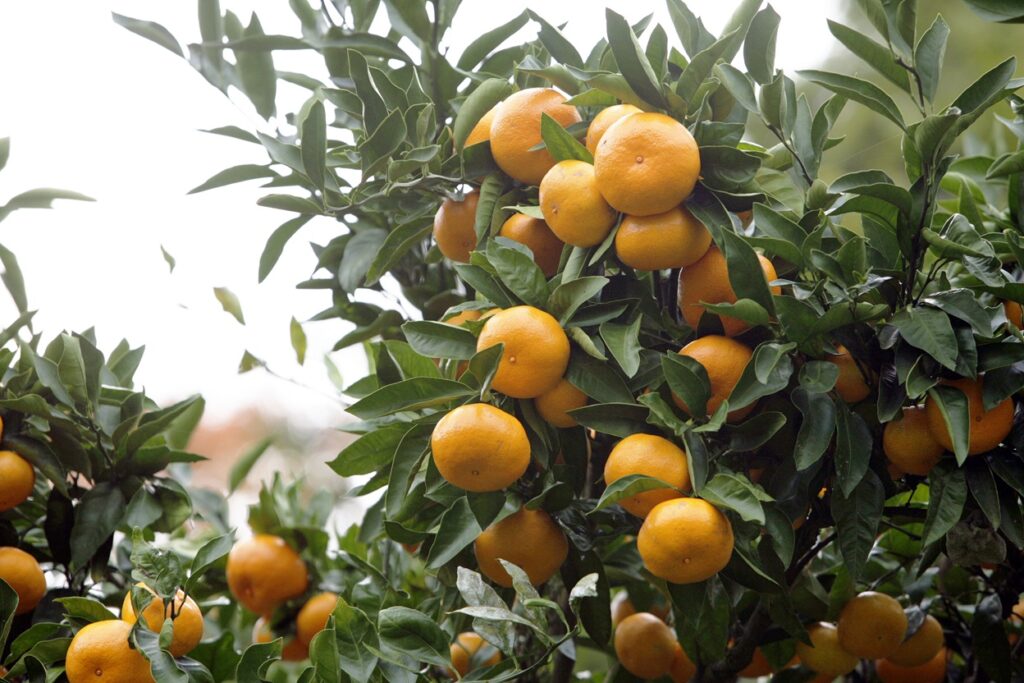
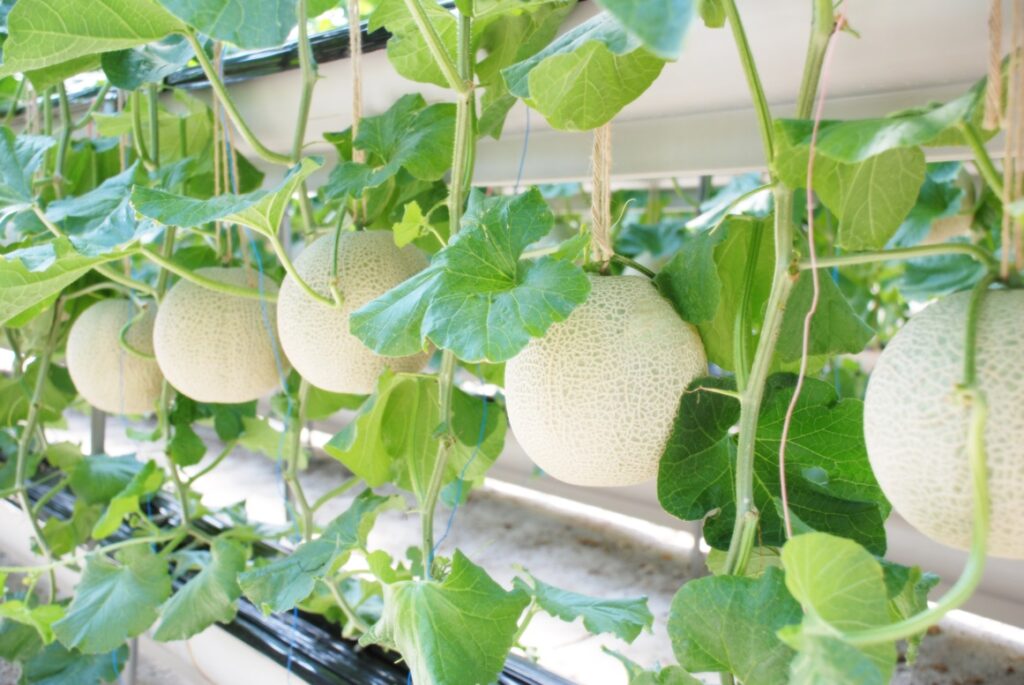
Visit Mishima Taisha: Shrine for the Guardian of the Land and Commercial Success
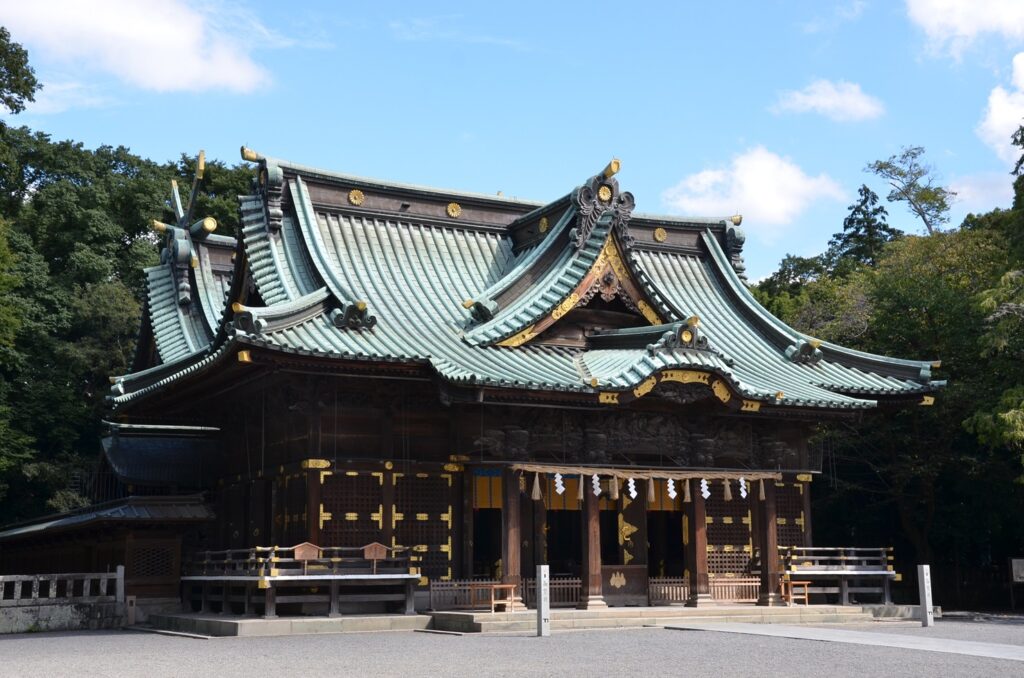
This ancient shrine has stood in Mishima for centuries, giving the city its name. As the highest-ranking shrine in the Izu region (Izu Province’s Ichinomiya), it enshrines Mishima Daimyojin. The shrine has long been revered by locals and samurai alike, particularly by Minamoto no Yoritomo, the first shogun of the Kamakura Shogunate. The Treasure Hall houses numerous offerings from Yoritomo and his wife, Hojo Masako. The shrine grounds are also famous for cherry blossoms. Every August, the grand annual festival draws large crowds with hand-held fireworks rituals and festive float processions.
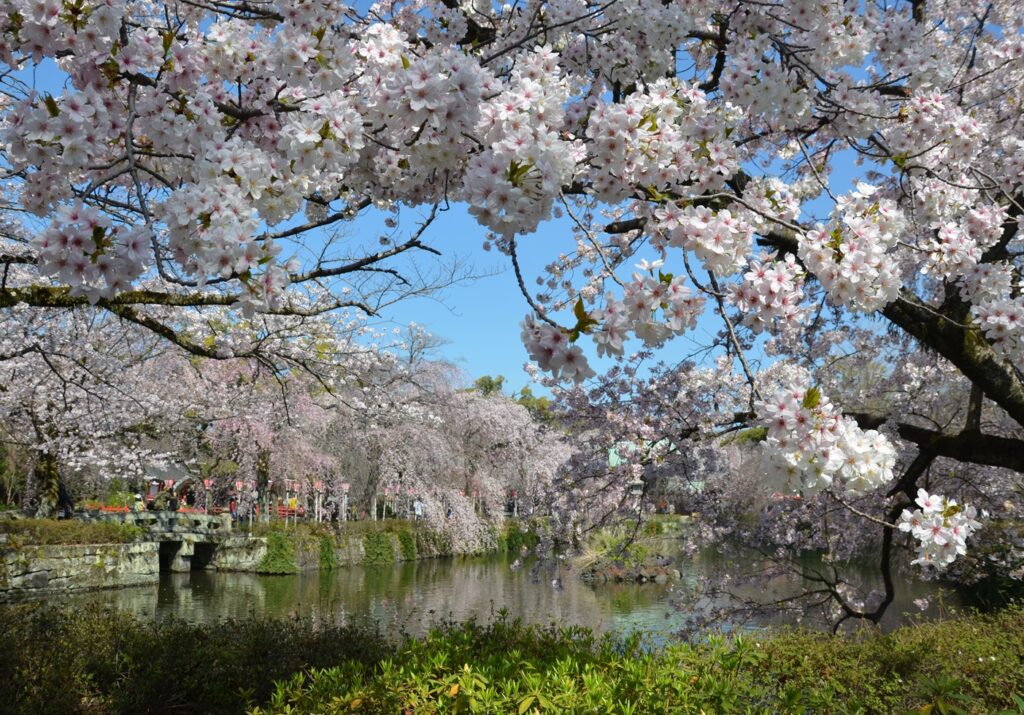
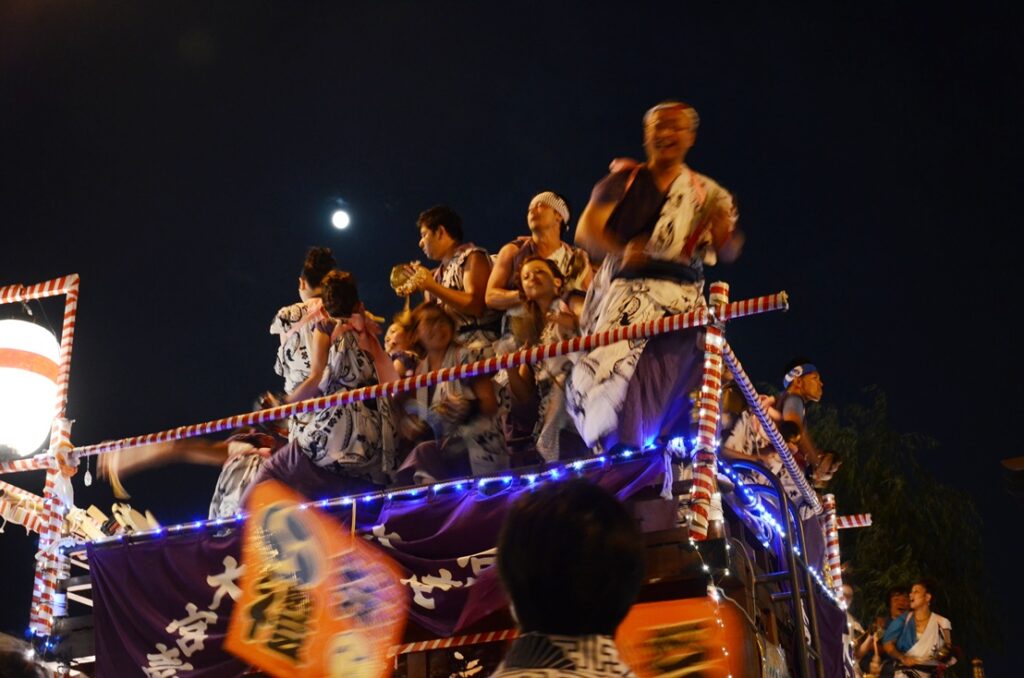
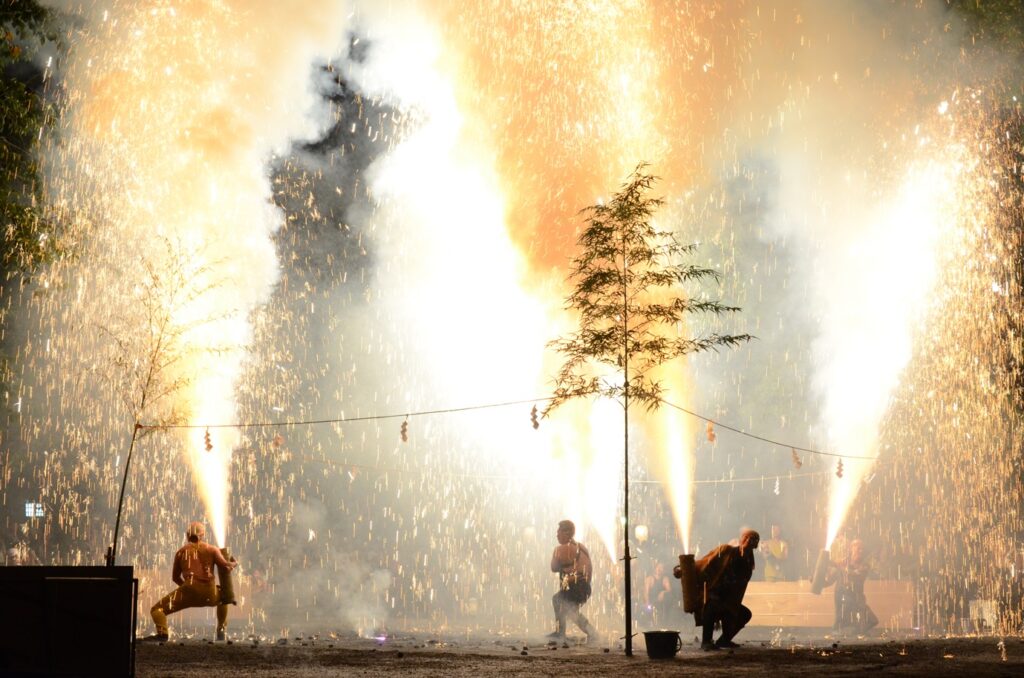
A Stunning Japanese Garden with Lava Flow Formations: Mishima Rakujuen Park
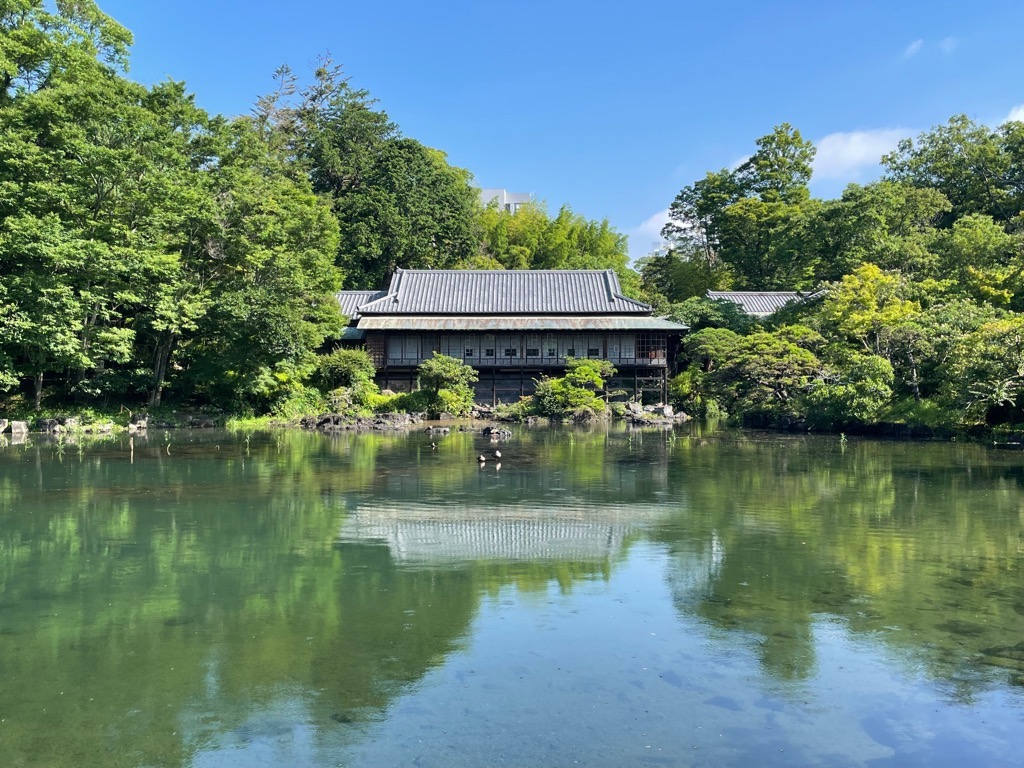
This park, designated as both a national natural monument and scenic site, features ponds like Kohama Pond, along with surrounding natural forests. Originally built in the mid-Meiji era as a villa for the Komatsu-no-miya Imperial family, its historic buildings still stand and can be toured. Remnants of lava flows from Mount Fuji’s eruption 10,000 years ago can be seen throughout the park, creating a rugged yet picturesque landscape. Visitors can experience Mishima’s natural beauty and history all in one place.
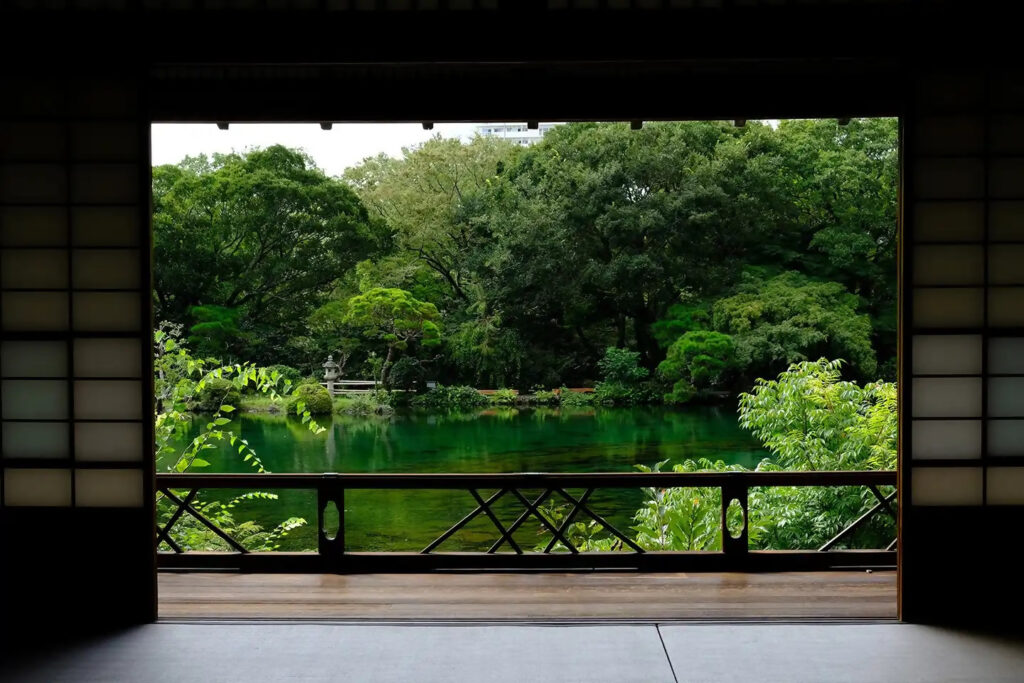
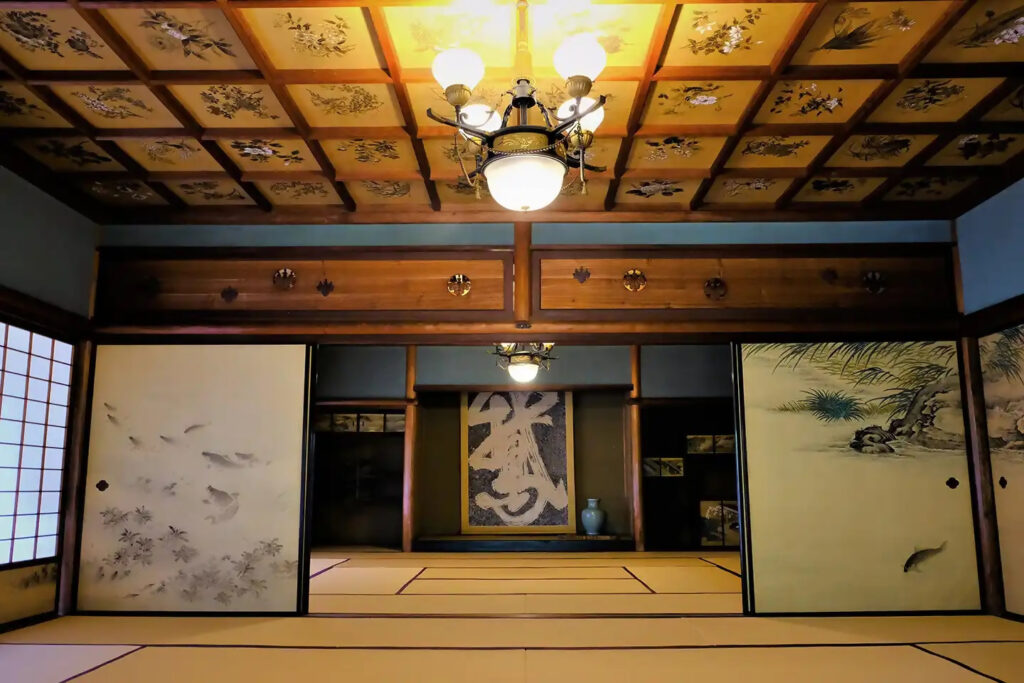
The park also features an animal area with about 20 species, including capybaras, red pandas, wallabies, and alpacas. Every Saturday, guests can enjoy an interactive experience with guinea pigs.

